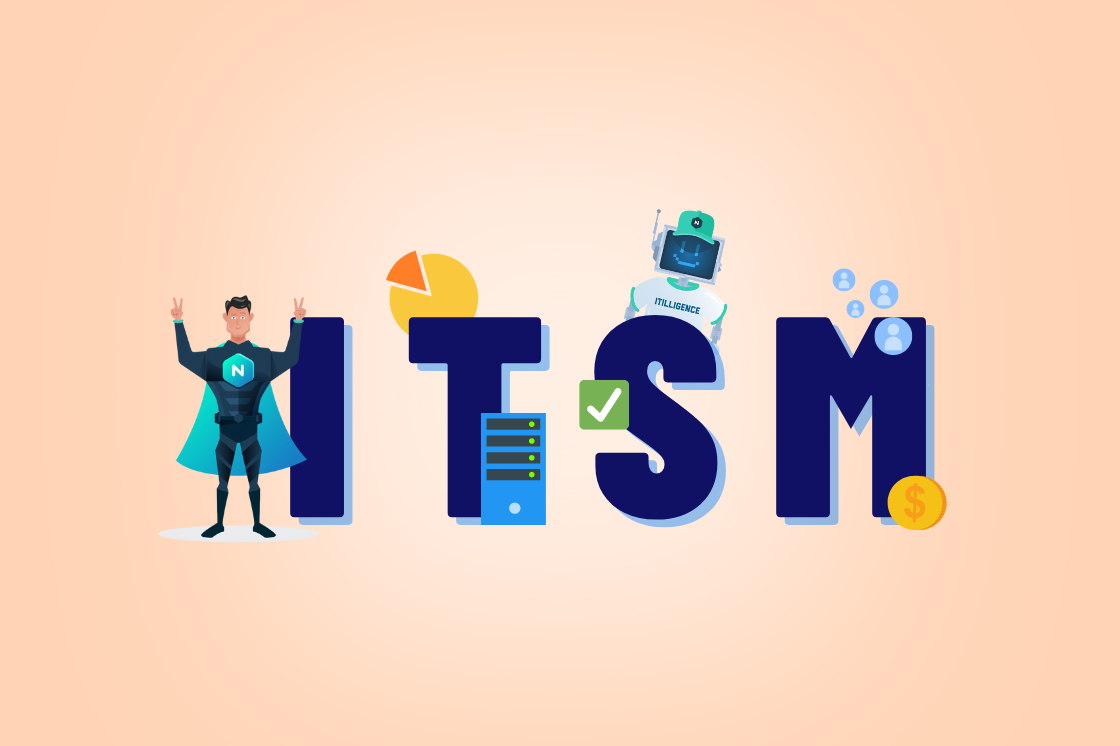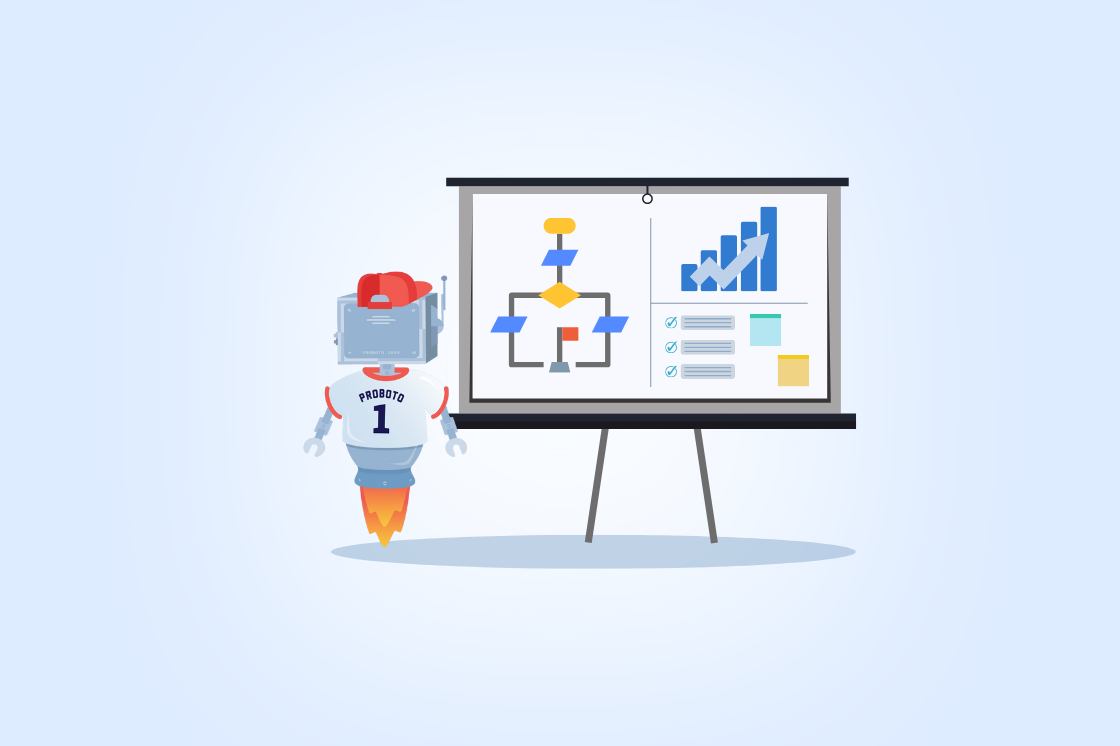The Three Elements to a Successful Digital Transformation
Digital Transformation remains a top priority for companies. To succeed, organizations must focus on three key elements: People, Processes, and Technology.
What do we mean by Digital transformation?
A digital transformation project uses digital technologies to modernize and optimize business processes and create an innovative operating model.
These technologies could include cloud computing, process automation software, big data analytics, or emerging technologies such as augmented reality and Artificial Intelligence.
Some of the original transformation projects have proven to be highly disruptive, such as Uber disrupting the taxi industry, Air BnB disrupting the hotel industry, and iTunes and Netflix disrupting entertainment.
Many projects underway today focus on streamlining and automating existing business processes, for instance:
- A government agency may create an online portal to handle service requests.
- A company may automate its HR onboarding processes.
We are also seeing increasing digital transformations utilizing AI at their core.
For example, AI is transforming customer service by implementing Chatbots and other types of AI-powered self-service.
We are also seeing AI transforming industries that rely heavily on knowledge workers, such as healthcare, finance, and education.
Digital Transformation is a Top Priority
Digital Transformation remains a top priority for CIOs, right up there with enhancing cybersecurity and developing an AI strategy.
The reason is that CIOs use digital transformation to streamline operations, save money, and improve their competitive advantage.
In fact, according to the technology research firm Gartner, as of 2024, 91% of businesses are engaged in some form of digital initiative.
According to Statistica, spending on digital transformation is growing at a compounded annual growth rate of around 20%, and worldwide spending will hit over 3 trillion dollars by the end of 2025!
This dramatic growth underscores the importance that companies across all sectors place on digital transformation to innovate, improve efficiency, and stay competitive in an increasingly digital world.
Sounds exciting, right? But here is the bad news.
According to numerous sources, including Forbes, KPMG, and McKinsey and Co., less than 30% of digital transformations will deliver the desired results.
Think about it. These businesses spend trillions of dollars, and over 70% of the projects fail to deliver the desired results.
So, what can you do to ensure the success of your digital transformation project?
Three Factors for Successful Digital Transformations.
A successful transformation requires a balance of people, processes, and technology.
- People: Your transformation requires a well-crafted organizational change management plan that considers people's fears, addresses their requirements, and supports them throughout the change process.
- Process: Business processes are at the heart of any digital transformation. Identifying and mapping out these processes is crucial to creating a transformation blueprint.
- Technology: It is important to create a comprehensive list of requirements that considers features, costs, support, and vendor stability before selecting a technology platform. Then, implement the platform using requirements that are driven by your people and your processes.
Companies that balance these three factors will have a higher chance of success in the digital transformation process.
People, Process, and Technology: The Golden Triangle
People, process, and technology, sometimes called the Golden Triangle, was first coined by Harold Leavitt in his 1964 paper, "Applied Organizational Change in Industry: Structural, technological and humanistic approaches."
The theory states that organizations must balance these three elements for a change to succeed.
Another way of looking at it is like a three-legged stool. For it to remain stable, the legs must be in balance.
I must address two things before getting into each of the three elements.
- Is a 60-year-old change management theory still valid today?
- Why do so many transformations fail if this best practice works so well?
To the first point, the pace of change is accelerating, and digital transformation is all about the people in your organization, the processes they carry out, and the technology that supports them.
This people, process, and technology framework is more important than ever.
To the second point, the funny thing about best practices is how seldom we practice them.
Imagine this, Instead of a stool balanced on three legs, many organizations operate like three pogo sticks, with people bouncing on one and technology and processes bouncing on the others.
We treat each of the three elements separately, in silos, as opposed to a balanced system.
Let's take a look at each of the three elements and their impact on a companies digital transformation journey.
Digital Transformation and People
Addressing organizational change management in digital transformation is essential to keep your people engaged throughout the entire project.
Their expertise is needed to identify improvements, develop processes, and select and implement suitable technology.
It is crucial that you develop and implement a comprehensive organizational change plan that will:
- Communicate why the transformation is essential in terms that are relevant to them
- Discuss how the transformation will affect them on a personal level
- Explain what their role will be both during and after the transformation
- Leverage their expertise
- Train them on the new tools and processes
- Provide ongoing governance until the change becomes embedded into the organization
Digital Transformation and Processes
Focusing on your processes is essential for achieving success in digital transformation, as they serve as the foundation for your transformation.
Think about it. Your business processes describe "the what" of your digital transformation. Without a clear and detailed understanding of your target processes, it's virtually impossible to transform them.
Organizations that have embraced a Business Process Management methodology are more likely to succeed in their digital transformation as they have a systematic approach to implementing, managing, and improving their business processes.
This BPM approach not only gives companies a leg up on designing and implementing a digital transformation but also provides a framework for ongoing management, governance, and continuous improvement.
Click on the link to learn more about the benefits of Business Process Management.
Digital Transformation and Technology
Many people focally solely on the technology, as new technology generates a lot of hype and promises quick solutions.
However, it's important to remember that focusing solely on technology can cause organizations to overlook the underlying processes and the people responsible for them.
Therefore, choosing and implementing software based on people and process requirements is crucial.
One recommended approach is to use "user stories" mapped to your processes to capture business requirements for implementation.
User story mapping will ensure you capture business requirements for each step in the process.
Learn more about this approach at our webinar, User Story Mapping, a Process-Driven Approach.
Defining your business processes and user stories before selecting and implementing technology is essential.
Jumping directly to the technology may result in missing essential business requirements, leading to substantial rework or even a failed implementation.
By using processes and user stories to drive technology selection and implementation, you can ensure that the technology meets your business needs and helps you achieve your goals.
Don't overspend on technology
It is crucial to choose the appropriate technology platform for your digital transformation.
Many organizations overspend on their digital transformation platforms for numerous reasons, including:
- Requiring features that may never get used
- Purchasing new technology versus reusing existing technology
- Failing to audit technology investments resulting in redundant or underutilized technologies
- Overspending on cloud services
Don't invest in new technology for your digital transformation initiative without ensuring that you do not already have suitable technology.
If you are considering a purchase, carefully select a tool based on clearly defined requirements, considering vendor reputation, support, and pricing factors.
Check out this related video on Overspending on ITSM tools, as many of the same concepts apply.
Which Comes First, People, Processes, or Technology
Should there be a specific sequence in tackling the three components of People, Processes, and Technology?
Many say to start with the people, to get them on board with the change.
Then, use your people's insight to map the existing processes so they can be analyzed and improved.
Next, use your processes as the blueprint for the technology.
The problem with this approach is that each element becomes a disconnected silo.
Adopt an Iterative Approach
Given the pace of change, we advocate for an iterative approach rather than the traditional "waterfall" method of prioritizing People, followed by Process then Technology. Consider the following points:
- People: Your people are the driving force behind the process and technology requirements.
- Process: Your processes are executed by people who use selected technology.
- Technology: The implementation of technology must be guided by the requirements of both people and processes.
You must consider all three elements throughout the solution's development, deployment, and operationalization to ensure transformation success.
After implementation, it is vital to remain attentive to the critical components of People, Process, and Technology to govern execution and consistently enhance operations.
To summarize, digital transformations are a top organizational priority. Don't be one of the nearly 70% of projects that fail. Develop a transformation plan that balances people, processes, and technology.



